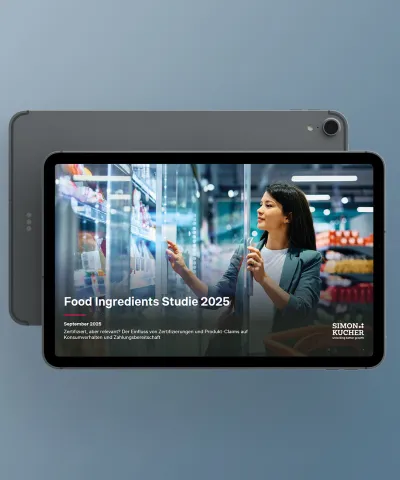How does competition-based pricing work? And when does it make sense to use it? Read about the pros and cons of competitive pricing here!
If there is one thing that Simon-Kucher is renowned for, it’s pricing. Specifically, strategically using pricing to drive profits and help companies grow.
If you have had the opportunity to work with our experts over the last 35 years, then you will probably be very familiar with the term value pricing. Identifying, creating, and monetizing value is usually top of the agenda in our projects as companies recognize the importance of moving away from the cost-plus approach. We also train teams to sell on value, not price, so that if a customer comes along and argues that the “competitor does it cheaper” the sales rep is equipped with the right value argumentation and counter objections to defend a potentially higher price.
Defending price will become increasingly important as inflation rates rise. Our recent Simon-Kucher Global Pricing Study showed how most surveyed companies are experiencing increased pressure due to low-price competition and stronger customer negotiation power. In such a situation, it may be tempting to “play it safe” by looking to competitors and pricing accordingly.
There are many reasons why this can in fact be a dangerous strategy – the risk of a price war being just one of them. But before we rule out competition-based pricing completely, let’s explore the topic in a bit more detail. How does competition-based pricing work? And when does it make sense to use it?
What is competition-based pricing?
- Competition-based pricing is a strategy by which price varies according to variations in the price of competitors
- The product price is detached from a customer's willingness to pay or product value and is attached solely to competitor prices
- A competition-based strategy is more focused on driving volume and might not necessarily be the most profitable one
Competitive dynamic pricing is a popular strategy in ecommerce, where algorithms will analyze other brands selling similar products and then adjust product prices in real-time. For example, an etailer giant like Amazon will change the prices of its products multiple times per day based on competitor prices.
This can make sense in an online environment with high price transparency and comparability between products. When customers can cross-check price tags in just a click or a swipe, overshooting on price could lead to abandoned shopping carts. However, rather than a competitive pricing strategy being profitable in itself, it is more likely to contribute to profitability by driving overall volumes, and may also rely on customers adding less comparable, higher margin items to their basket.
Grocery pricing can also be highly competitive. When it comes to the weekly essentials, a customer is likely to have price top-of-mind. In the UK, comparison sites like Trolley and Compare Basket make it incredibly simple for customers to find the best deal. Therefore, particularly for low-cost items and commoditized products, competition-based pricing is usually the strategy of choice. However, it is important to remember that a supermarket will differentiate from products where brand is relevant and where customers will be reluctant to substitute their regular purchase. There is no one-size-fits all pricing strategy for every product in store and not all items will be priced in line with the competition.
To sum up…
When is it best to use competition-based pricing?
- Competition-based pricing is typically used for low-cost and commoditized products
- Competitive pricing works when the product manufacturer or brand is irrelevant to customers
- This strategy is most applicable to products that are 100% substitutes
When is competition-based pricing not the right strategy?
- Can you differentiate your product from others on the market? Are you faster, more efficient, more sustainable, more reliable, etc.?
- Can you justify a higher price tag by highlighting the benefits customers receive from buying and owning your product?
- Would additional costs be generated on the customer side if your particular product or service did not exist?
- Are customers willing to pay for the value that they receive?
- Are customers truly ‘shopping around’ and comparing prices for your products? Or is this just a small group of them? Sales teams often hear from the few that do and never hear from those who don’t.
These are just some of the questions you can ask to determine whether a competition-based strategy is the right way to go or not. If the answer to one or more of these questions is “yes”, then you would probably be much better off exploring a value-based strategy.
Inflation is rising, and with this comes the risk to companies of margin erosion and pressure on profitability. If anything, the majority of companies will now need to urgently examine how they can increase their prices, rather than drop them to match the competition.
Interested in a more detailed discussion based on your individual pricing needs? Then reach out to discuss pricing strategies today!








